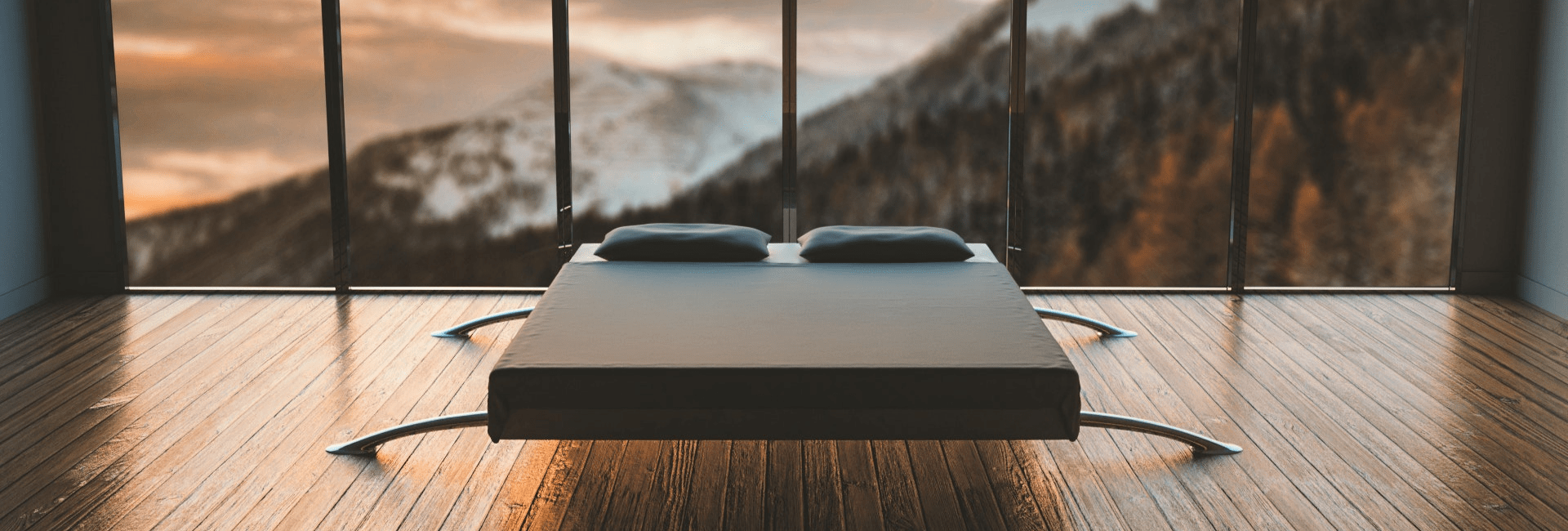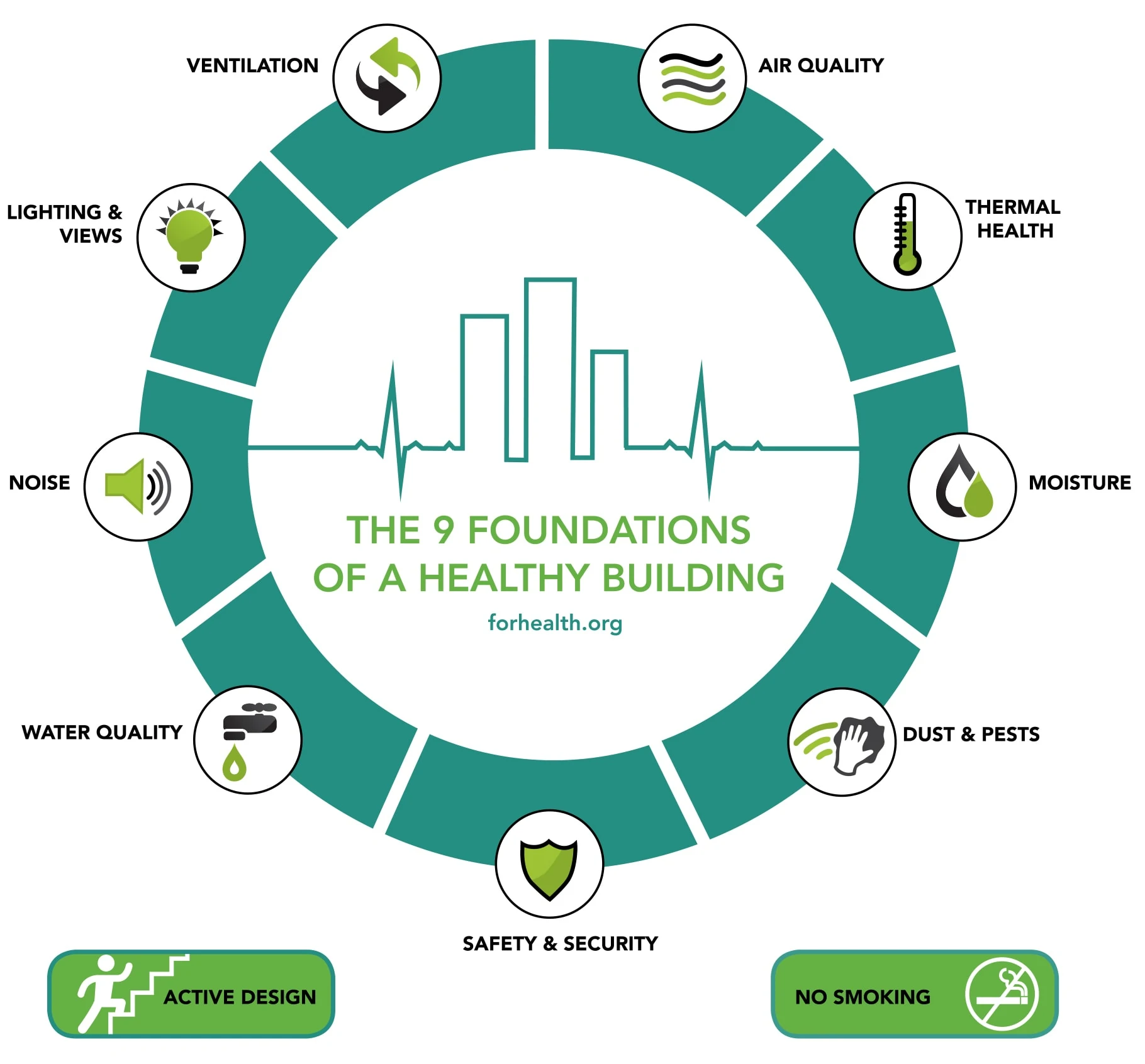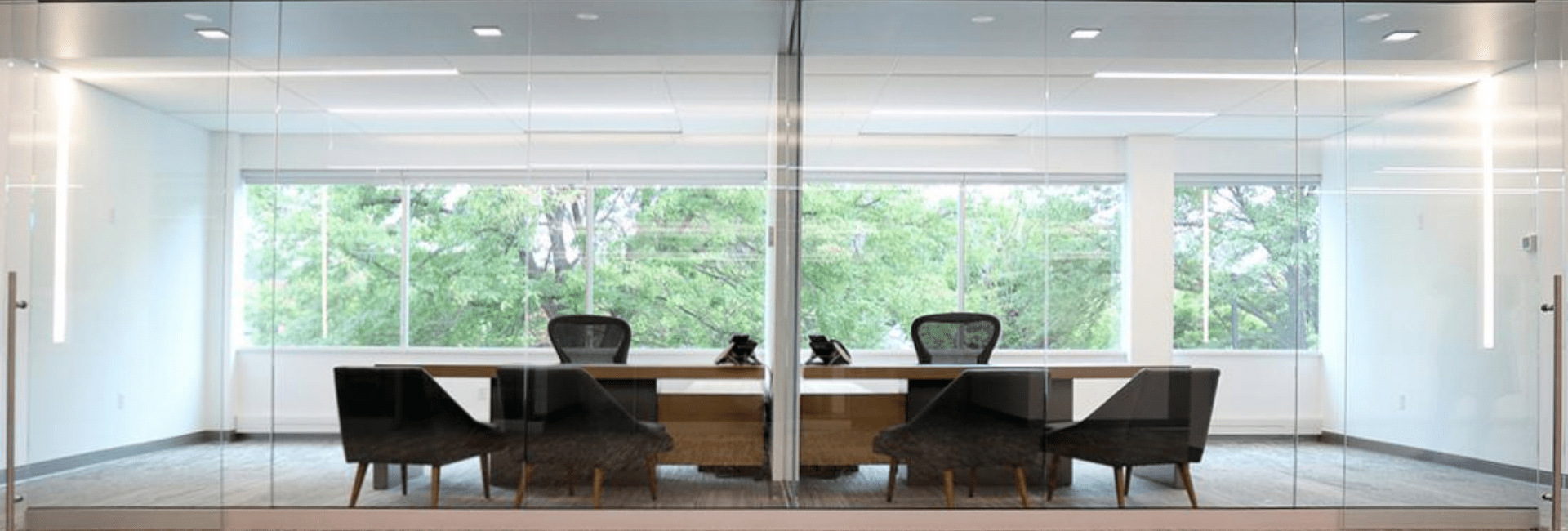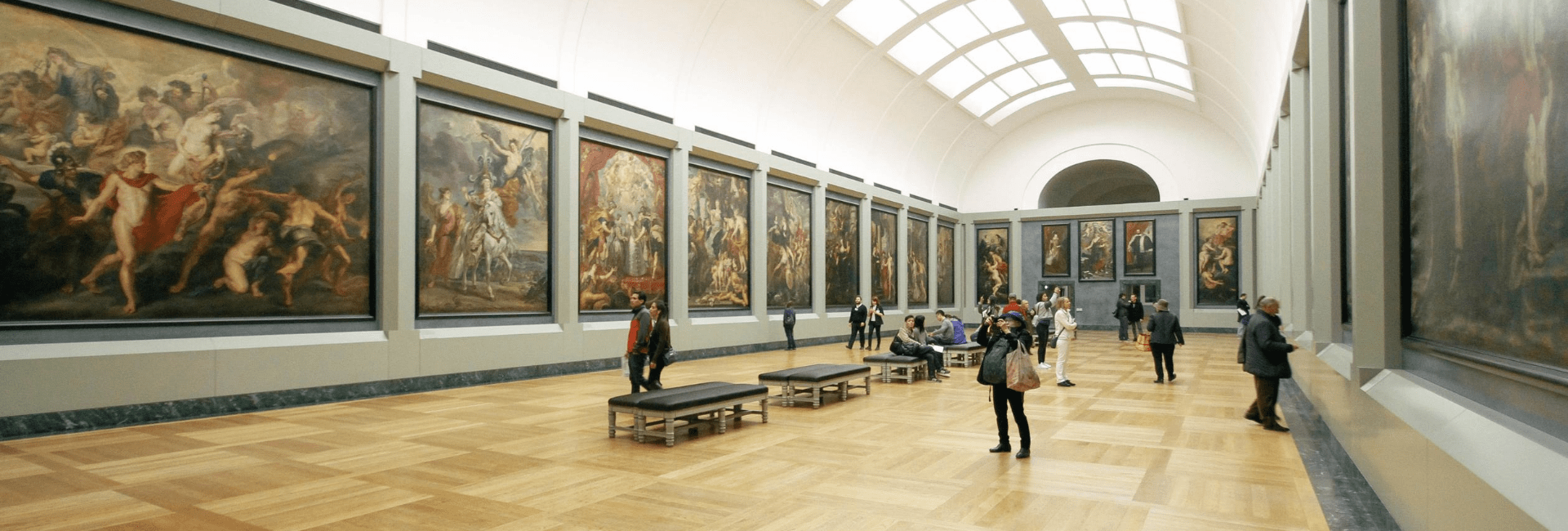
Prologue: Over the last 40 years, we have seen light sources evolve from incandescent to fluorescent to LED. With each type, we have seen the progression from basic lamps, simply providing light, to CFL & LED, which provide similar light but with the added benefit of energy and cost savings. Now with OLEDs, we can achieve a much more even distribution of light than with LED, as well as taking advantage of their ability to offer a more comfortable, glare-free experience. Our luminaires have always demonstrated , that task lighting can be much more effective when it is positioned closer to the user, as can be seen with our ALINEA® line of wall sconces and with our mirror line. Now, we can take it one step further with OLEDs, creating a healthy, indoor lighting atmosphere.
By Liz Congero, VP of Sales & Marketing at Aamsco Lighting, a luminaire manufacturer who provides innovative lighting solutions and specializes in designs for boutique hotels
What is a healthy building?
Consider healthy buildings as the next generation in the green building movement. According to the National Center for Biotechnology Information, a healthy building not only includes environmentally responsible and resource-efficient building concepts, but it also integrates human health elements like the reduction of air and sound pollution and access to healthy, sustainable light.
Americans spend an average of 87% of their time in enclosed buildings. – National Human Activity Pattern Survey
With most of our time being spent indoors, the healthy building concept is gaining momentum. Below is a breakdown of the components of a healthy building and how OLED lighting figures into the equation.
Components of a healthy building
In 2016, the Harvard School of Public Health created the 9 Foundations of a Healthy Building as a standardized and holistic view of how buildings affect the people inside of them. Click the link above to learn more about each foundational element. We will focus below on the important elements that pertain to OLED lighting – safety & security and lighting & views.
Source: https://forhealth.org/
Safety & Security: According to the Harvard study, the safety and security category includes sufficient lighting, video monitoring, incident reporting protocols, fire safety preparations, and maintaining an emergency action plan. These can ease safety concerns and reduce stress of occupants within a building. Regarding the lighting element, OLED lighting provides a unique solution for security in that it can fit and form into almost any area, potentially illuminating hard-to-light outdoor building spaces and alleys. You can also personalize the intensity of light upon installation, incorporating the security lighting into the design and ambiance of your exterior space.
Lighting & Views: All work and habitation spaces should have direct lines of sight to exterior windows. There should be sufficient lighting for work and living and as much natural daylight as possible without causing glare.
The Harvard School of Public Health study recommendations include two particularly important areas that make OLED lighting a most suitable solution for healthy indoor lighting:
Exposure to daylight
The study recommends increased exposure to daylight because of its health impacts, including regulation of circadian functions, improved vision, and sleep quality as well as reduced symptoms of myopia, eye strain, headache, and depression. But, it’s not always possible to have great exposure to daylight while indoors – think conference rooms and banquet halls. OLED lighting creates light in a full broad spectrum just as the sun does. This lighting is less harsh on the eyes and supports a person’s natural circadian rhythm, making it the next best thing to natural daylight exposure. Daylight also feels naturally diffused as we are millions of miles away from its source. OLED lighting invokes that same natural feeling. This natural feeling creates a warmer ambiance and greater sense of community, which is essential for healthy living.
Human-friendly
OLEDs are considered a more “human-friendly” light source in part because they are free of ultraviolet rays, while some white light-emitting LEDs still produce a very limited amount of UV radiation. Blue LEDs emitting high-energy visible light (HEV) are used in combination with yellow phosphors to obtain white light in many white LEDs for general illumination. It should be noted that human eyes do not block blue lights effectively; visible blue light can pass through the cornea and lens and reach the retina. According to the Harvard Public Health Study, the high brightness of LEDs means that potentially high illuminance levels can fall on the eye and induce retinal injuries. This can be even more distressing for children because the percentage of transmission of blue light to the retina is influenced by age – the rate of transmission is higher for children than it is for adults. Increased exposure to blue light has also been linked to the suppression of melatonin, which, in turn, disrupts our circadian rhythms and sleep cycles.
OLED lighting is naturally diffused and uniform, which results in a reduction of glare and the high intensity impacts you receive with LED. The naturally diffused character of OLED creates soft shadows and low contrast, which supports healthy eyes and low levels of fatigue and headaches.
If your hotel uses LED lights in its guestrooms, this is a potential area of concern that could be affecting a guest’s ability to get a good nights’ sleep.
According to another Harvard study, there is research into how this lack of melatonin may be connected to diabetes, obesity, depression, heart disease and even cancer. To learn more about the hazards of blue light, check out Dr. Marina Kondakova’s summary of a 2019 ANSES study on the photobiological effects of blue light.
OLEDs – The healthy lighting option
While lighting is only one piece of the Healthy Building Foundation, it is critical to stay educated as studies and research continue to advance this field. The more hotels invest in healthy building standards, the better positioned they will be in the years to come. An investment in OLED lighting will generally make your guests “feel good” and will be more likely to associate your hotel with a positive memory.



